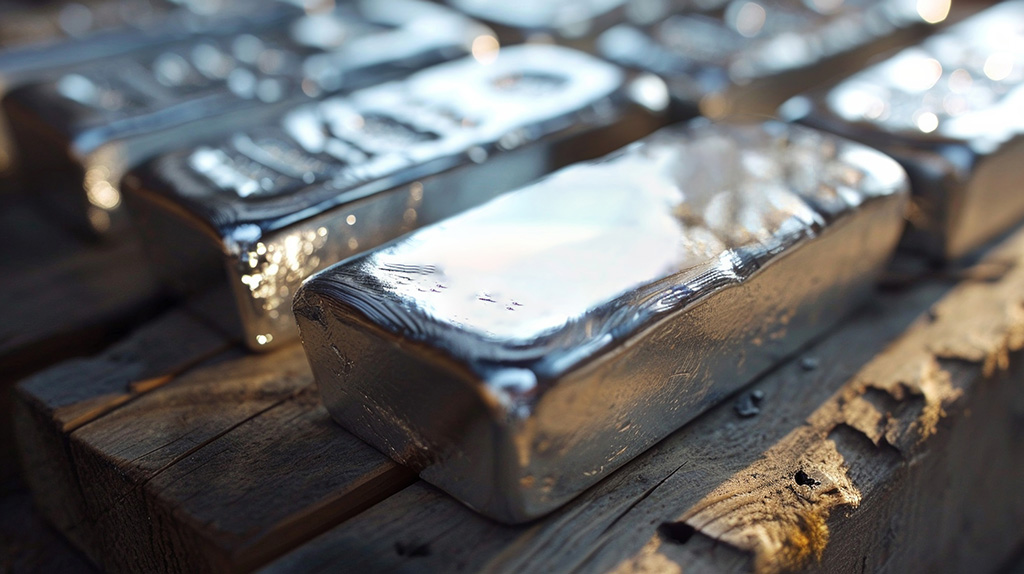In today’s evolving financial landscape, digital assets are no longer viewed as fringe instruments but as powerful tools to access and diversify traditional investments. One of the most compelling strategies for modern investors is using cryptocurrency to invest in silver—an age-old store of value that remains central to global industry, technology, and wealth preservation.
1. The Convergence of Digital Assets and Precious Metals
Silver has always been a tangible hedge against inflation and currency debasement. Now, with the rise of crypto-financial rails and tokenization, it’s easier than ever to allocate part of your digital portfolio toward physical or digital silver exposure. This new hybrid investment model combines the portability of crypto with the stability of silver—a perfect match for offshore investors seeking both flexibility and hard-asset security.
2. Tokenized Silver: The Simplest Entry Point
Tokenized silver represents fractional ownership of physical silver, stored securely in audited vaults. Each token is backed 1:1 by a specific quantity of silver, usually one gram or one ounce per token. Platforms like Tether Gold (XAUT), Paxos’ PAXG, and emerging SilverTokens (SLVT) or Kinesis Silver (KAG) are bridging the gap between blockchain liquidity and physical bullion.
This method allows investors to:
- Buy or sell instantly with crypto wallets (BTC, ETH, or stablecoins).
- Avoid logistics like shipping or storage.
- Verify holdings on-chain for transparency and auditability.
For offshore investors, this tokenized structure can be seamlessly integrated into digital asset custody or offshore trusts, ensuring compliance and privacy while retaining liquidity.
3. Using Crypto Exchanges to Buy Silver Directly
Many crypto-friendly bullion dealers—such as BullionStar, JM Bullion, or OneGold—accept Bitcoin, Ethereum, or USDT for physical silver purchases. These platforms often offer:
- Allocation in fully insured vaults (Singapore, Zurich, Dubai).
- Instant settlement via crypto transfers.
- The option to convert back into crypto or fiat when needed.
This creates a frictionless flow between digital wealth and tangible silver ownership—ideal for investors seeking to hedge crypto gains into metals without exiting the blockchain ecosystem.
4. Decentralized Finance (DeFi) and Silver Exposure
Innovative DeFi platforms are now offering synthetic silver tokens (sXAG) that track spot prices through oracles and liquidity pools. These synthetic assets can be:
- Staked to earn yield.
- Used as collateral for stablecoin loans.
- Swapped in decentralized exchanges (DEXs) without KYC friction.
This creates a powerful toolset for offshore investors to integrate silver exposure into digital yield strategies—effectively blending commodity investing with blockchain finance.
5. Silver as a Strategic Offshore Hedge
For global investors, silver’s appeal lies in its dual nature—industrial demand and monetary resilience. Using crypto to invest in silver offers:
- Cross-border accessibility without traditional banking limitations.
- Asset diversification beyond volatile fiat currencies.
- Inflation protection within a blockchain-compliant structure.
In essence, you can now hold hard assets on-chain, where liquidity meets longevity.
Conclusion:
Using cryptocurrency to invest in silver isn’t just a technological novelty—it’s a sophisticated offshore strategy. By leveraging tokenized metals, crypto-settled bullion purchases, or DeFi-based exposure, investors gain direct access to a timeless asset in a borderless, digital format. In an era where capital mobility defines opportunity, crypto-silver convergence marks the next evolution in wealth preservation.
Invest Offshore currently features investment opportunities in West Africa seeking investors for the Copperbelt Region—where the future of strategic metals begins.

Leave a Reply